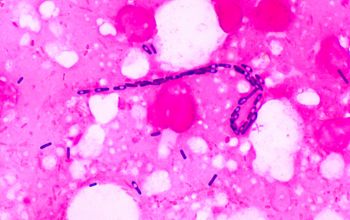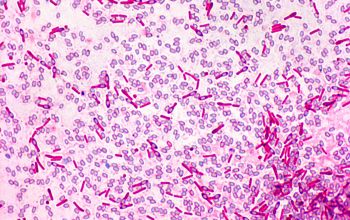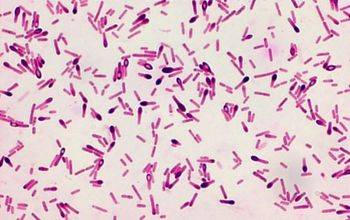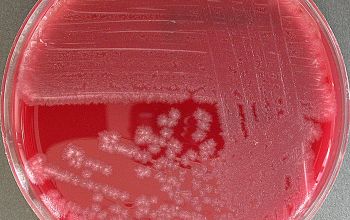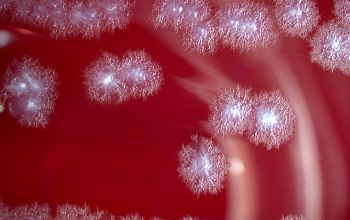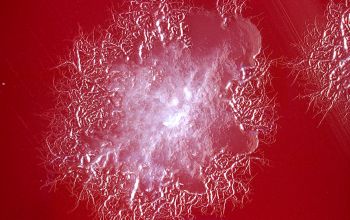Clostridium sporogenes
-
General information
Taxonomy
Family: Clostridiaceae
Natural habitats
Ubiquitous in nature. Isolated from soil, marine and fresh water lake sediment, preserved meat and dairy products and in feces
Clinical significance.
Infections in humans including bacteremia, infective endocarditis, central nervous system and pleura pulmonary infections, abscesses, war wounds and other pyogenic infections.
Although C. sporogenes is isolated from infections, these infections are usually polymicrobial and the roll, if any, of this species as a pathogen in such infections has not been established
-
Gram stain
Gram positive, straight rods,
0.3-1.4 x 1.3-16.0 µm,
occur singly and many free oval spores
Spores oval / subterminal
Swelling of the cell positive
-
Culture characteristics
-
Obligate anaerobic
BBAØ: colonies are 2-6 mm in diameter, usually beta-hemolytic, circular to irregular and a coarse rhizoid margin, semiopaque/opaque, have a raised yellowish-gray center and a flattened periphery compsed of entangled filaments (“medusa head” colony), matt surface, firmly adherent to the agar and possible swarming.
-
-
Characteristics
-
References
James Versalovic et al.(2011) Manual of Clinical Microbiology 10th Edition
Karen C. Carrol et al (2019) Manual of Clinical Microbiology, 12th Edition

